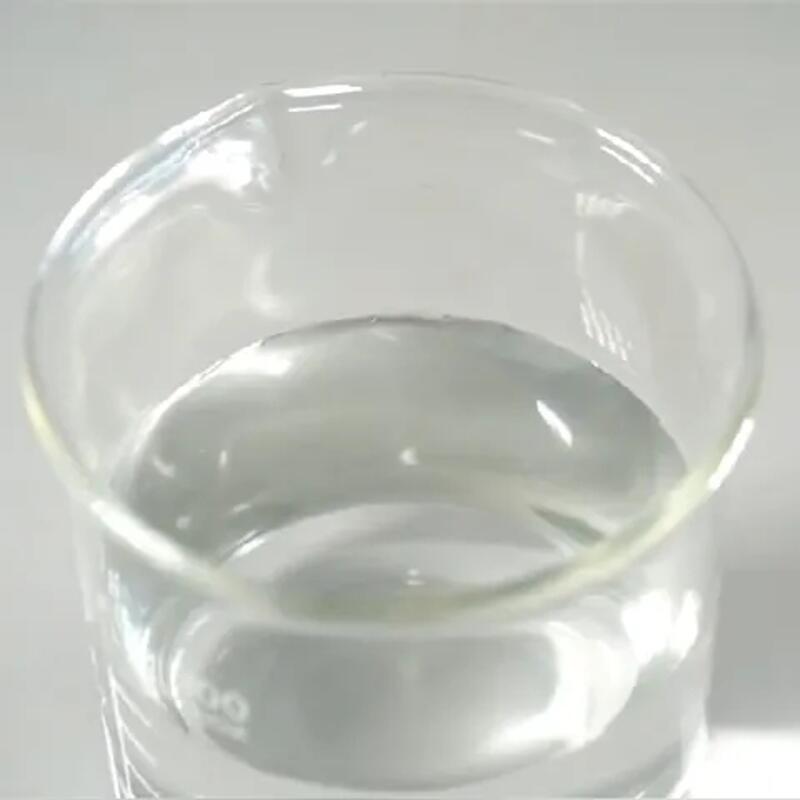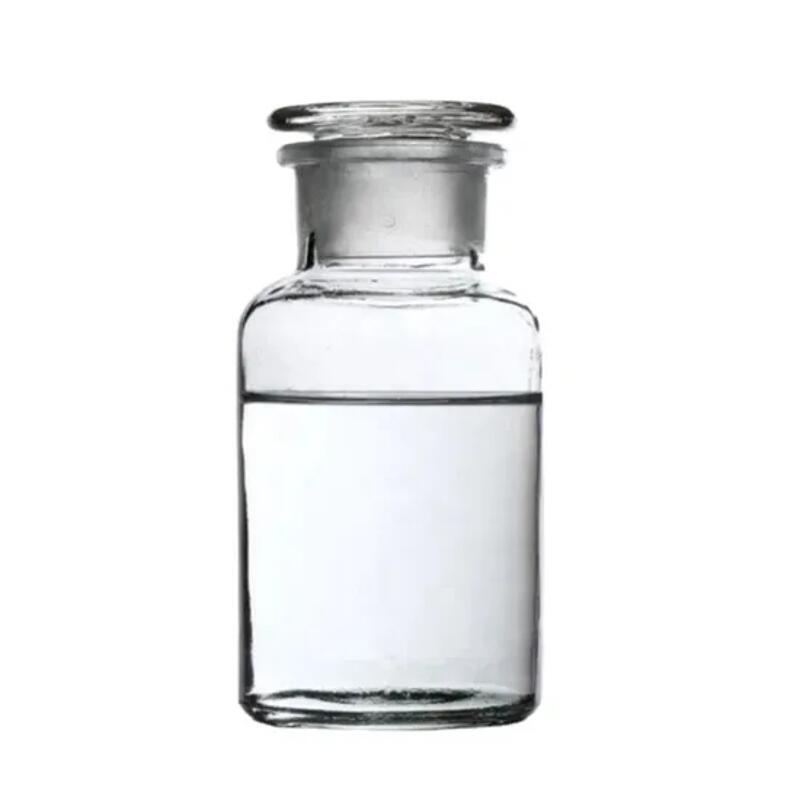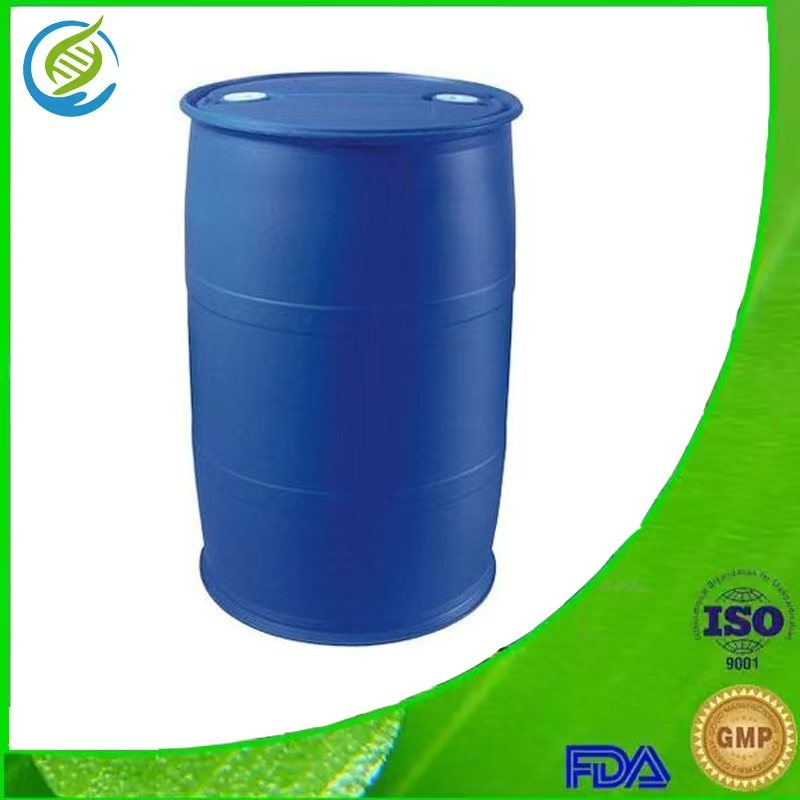A case of cardiac arrest during cerebral hemorrhage of hypertension
-
Last Update: 2020-06-22
-
Source: Internet
-
Author: User
Search more information of high quality chemicals, good prices and reliable suppliers, visit
www.echemi.com
The patient, a 54-year-old woman, 163 cm, 75kg, was admitted to the hospital for "sudden awareness of 5h", the Glasgow Comatic Scale (GCS) scored 4 points, and after admission he was diagnosed with a ct on the skull, diagnosed with a right thalamus haemorrhage of about 60mlPrevious hypertension level 2, atrial fibrillation historyPagenta oral aspirin anticoagulant, not taken for nearly 1 month, oral nitrobenzene flat release tablets to control blood pressure, irregular use, blood pressure control is poor, up to 180 to 200/100 to 120mmHgPreoperative WBC17.4 x 109/L, Plt356 x 109/L, blood sugar 12.37mmol/L, CK-MB58.2U/L, K-3.0mmol/L, all other laboratory tests are within the normal rangeIt is proposed to open the cranial hematoma removal procedure in the emergency department of the whole hemppatients into the operating room, BP180/100mmHg, atrial fibrillation, ventricular rate 52 times / minute, RR15 times / minute, SpO292%, forehead skin temperature 31.2 degrees C, bladder temperature 36.3 degrees CAnesthetic induction: fentanyl 4?g/kg, shun aquukamtoum 0.2mg/kg, propofol 2mg/kg, trachea intubationAfter anaesthetic induction BP was maintained at 160 to 180/90 to 100mmHg, ventricular rate 55 times/min, SpO2 100%After the anaesthetic induction is completed, the pervesinal puncture tube under the collarbone under the line ultrasound guide, and the artery puncture monitors the change of arterial pressureanaesthetic maintenance: target-controlled propofol 2.0 to 3.5 sg/ml, Riffentani 0.25 to 0.4 sg-kg-1-min-1 continuous pumping in, every 40 to 50 minutes to give the smooth aquor ammonium 0.1mg/kg, in surgery according to blood pressure, heart rate and other conditions to adjust the appropriate amount of anesthesiaThe intraoperative ventilation mode is the capacity-controlled ventilation mode, VT7 ml/kg, and the RR maintains PETCO2 30 to 35 cmH2OThe fresh gas flow is 2L/min, and the ratio of oxygen to air is 1:2Infusion of sodium compound acetate 10ml kg-1-h-1At 15min, after the skull was stripped, BP suddenly dropped to about 100/40mmHg and immediately reduced the aaestheticSurgery to 18min, the epidural open, continuous arterial pressure monitoring showed a straight line, SpO2 can not show, electrocardiogram show edicominocardial heart rhythm, immediately by the collarbone under the ivy injection of epinephrine injection 1 mg, chest compression, electrocardiogram, restore atrial fibrillation, blood pressure gradually restored to 160/100mmHgurgent lying artery blood gas, K-2.8mmol/L, LAC5.2mmol/L, blood sugar 13.0mmol/L, no significant abnormalities in other laboratory indicators After rapid infusion of hydroxyethyl starch 130/0.4 sodium chloride injection 500 ml, compound acetate 500 ml, the front aluke skin temperature 33.5 degrees C, bladder temperature 36.2 degrees C, the temperature difference narrowed The operation continued, which lasted 150min and the vital signs were stable During the operation, hemorrhage was 500 ml, 600 ml of urine, 2500 ml in fusion Surgical control of breathing returned to the ICU to continue treatment after surgery to question emergency departments and neurosurgeons, the patient after onset (preoperative 4h) in the local hospital infusion of glycol 250 ml, preoperative preparation process (in 1h before surgery) due to the presence of cerebral palsy, again infusion of glycol 500 ml The patient resumed autonomous breathing after 5h after surgery, 2d after consciousness recovery, 4d after the independent breathing is good, pull out the trachea catheter, 2 weeks after recovery discharged from the hospital, left left upper and lower limb paraplegia discuss when intracranial pressure (intracranial pressure, ICP) rises sharply, patients experience changes in life signs such as elevated blood pressure, slowing pulse, and respiratory rhythm disorders, known as Cushing reactions Hypertension cerebral hemorrhage causes cerebral palsy patients, ICP rose sharply, and when the epidural open, Cushing reaction disappeared, blood vessel tension decreased, coupled with the extensive use of preoperative glycol easily caused by insufficient capacity, eventually leading to circulatory failure, resulting in cardiac arrest glycol as a macromolecule substance, can not pass through the blood-brain barrier, its high seepage effect can promote the brain tissue moisture back into the blood vessels to dehydrate the brain tissue, and the prototype discharge disowned from the urine, take away a large amount of water and play a diuretic effect to reduce cerebral edema "China cerebrovascular disease prevention and guidance" recommended: for patients with hypertension cerebral hemorrhage, a large amount of intracranial bleeding up to 50 ml or more, the occupaposition effect is obvious, blood pressure and intracranial pressure are extremely high, should be timely and rapid infusion of 20% glycol 125 to 225 ml (0.5 to 1.0g/kg), reduce ICP, prevent cerebrocephaly However, high doses, long-term application of glycol can easily lead to insufficient capacity, kidney function damage and water electrolyte imbalance In the early stage (within 24h), the incidence of intracranial hematoma enlargement increased significantly, and the clinical condition was significantly aggravated, complications and mortality was high This may be due to the early application of glycol, inappropriate reduction of ICP, resulting in hematoma pressure to stop the hemorrhage effect of decreasing, induced the original hematoma further expansion At the same time, glycool can also dehydrate brain tissue other than hematoma, causing the pressure gradient between hematoma and brain tissue to increase, and promote the expansion of early hematoma high blood pressure cerebral hemorrhage surgery should strictly grasp the infusion indication of glycol, regulate the use of glycol dose The bladder temperature can be approximated to the core temperature, the frontal skin temperature can be approximated to the body surface temperature, under normal circumstances the difference between the two is within 2 degrees C In the state of insufficient capacity, due to the severe contraction of peripheral blood vessels, the peripheral circulating blood volume is reduced, which is reflected in the decrease of body surface temperature, and the difference between the core temperature and the body surface temperature increases After entering the operating room, the patient found that the difference between the frontal skin temperature and the bladder temperature was close to 5.1 degrees C, indicating that the patient may have a severe capacity deficiency before surgery Hypertension cerebral hemorrhage often leads to a sharp increase in ICP, and cranial hematoma removal is a common method to reduce ICP and treat cerebral hemorrhage of hypertension During the operation, after the opening of the epidural, the ICP dropped sharply, Cushing's reaction disappeared, the vascular tension decreased rapidly, the amount of blood return was seriously inadequate, and it was easy to induce cardiac arrest Therefore, before the end of the epidural, the epidural should be appropriately replenished capacity, while strengthening the monitoring of the heart and other functions during perioperative management, such as increasing the monitoring of the esophageal echocardicardi(TEE), heart output, per-stroke output variation index (volume, SVV), to prepare vascular active drugs, to avoid a series of complications induced by the sharp decline in ICP patients with atrial fibrillation often decreased by 20% to 30% In this case, due to the use of glycol in large preoperative doses, there is a serious shortage of capacity When the epidural opens, the kuhin reaction caused by the huge intracranial hematoma disappears, the vascular tension decreases rapidly, the blood transfusion is insufficient, and eventually induces cardiac arrest In addition, patients with atrial fibrillation, electrocardiogram monitoring and pulse oxygen values are often inconsistent, and the strength and weakness are not the same, the need to effectively combine the waveform and value of invasive arterial pressure, pulse oxygen, electrocardiogram monitoring, comprehensive judgment of the hemodynamic changes in patients with atrial fibrillation Although the case was successfully rescued, the irregular use of large amounts of glycol before surgery, low body surface temperature and the instability of hemodynamics in patients with atrial fibrillation failed to attract sufficient attention from anesthesiologists and deserved police training
This article is an English version of an article which is originally in the Chinese language on echemi.com and is provided for information purposes only.
This website makes no representation or warranty of any kind, either expressed or implied, as to the accuracy, completeness ownership or reliability of
the article or any translations thereof. If you have any concerns or complaints relating to the article, please send an email, providing a detailed
description of the concern or complaint, to
service@echemi.com. A staff member will contact you within 5 working days. Once verified, infringing content
will be removed immediately.







